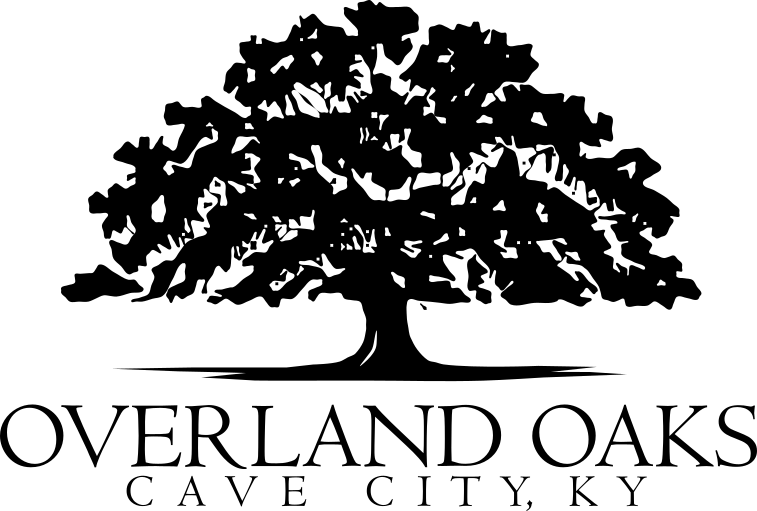Questionable Reporting
jeff | April 15, 2025, 1:29 p.m.
An article posted today on Apple News seeks to debunk the idea that US chicken is "chlorinated" and fails in spectacular fashion to actually target the issues.
Are we surprised? I mean, it is NPR we're talking about here.
In essence, NPR thinks that Europe won't buy US chicken because of how it's processed, and strongly implies that Europeans are afraid of a boogeyman that is chlorination.
So with that 20-foot strawman in place, they invoke the "well, akshually" rebuttal...
Nowadays, the industry mostly uses organic acids to reduce cross contamination, primarily peracetic, or peroxyacetic acid, which is essentially a mixture of vinegar and hydrogen peroxide.
Note they don't specify the mix ratio of those components, and look what's hiding just a little bit down the page...
In the U.S., it's not even required to disclose on the label of the poultry what chemical was used to process the chicken.
So the author simply takes it on faith that big poultry is telling him God's honest truth.
Is there any wonder why US media has lost so much credibility?
Europe relies on "pre-harvest interventions," to reduce pathogens when the animal is still alive, including vaccination and different types of additives that are used in feed. Whereas the U.S. tends to focus on chemicals and other strategies to kill pathogens once the animal is already slaughtered.
The US utilizes the same pre-harvest interventions, including vaccination and medicated food. It's not either/or. It's just that even both are inadequate in raising high-quality chicken, and are likely causing more harm than good for both the US and European consumer.
Chemical baths (bleaches, chlorines, acids, etc.) are not needed if the processing practices are clean. Mass operations are not clean. Their chill tanks are loaded with fecal matter because the automated evisceration process often shreds the offal, contaminating the bird.
In our operation, if there's any contamination (which of course can happen) it’s handled immediately and within seconds, per bird. Therefore, the bird does not need to sit in a vat of chemicals to be "clean." Similar setups to ours have had lab tests performed compared to store-bought chicken and found the bacterial load is but a fraction of a fraction of the latter.
Finally, the method of raising them is critical. I'll post an essay on an experiment we just finished very soon.
European consumers are likely more risk averse than U.S. consumers and have different values, which is also reflected in their rules, he says. Europe tends to operate on the "precautionary principle" when it comes to food safety.
This is utter trash. You, dear reader, wouldn't be here if this were true.
Quick tip: Don't try washing raw chicken at home.
Wait what? Don't wash your chicken? Nearly every single cookbook in the world (and nearly every recipe in those books) says "wash chicken and pat dry."
I think the only useful information in this article is the true value of NPR's reporting.
It's about as useful as the stuff at the bottom of a big poultry chill tank.
